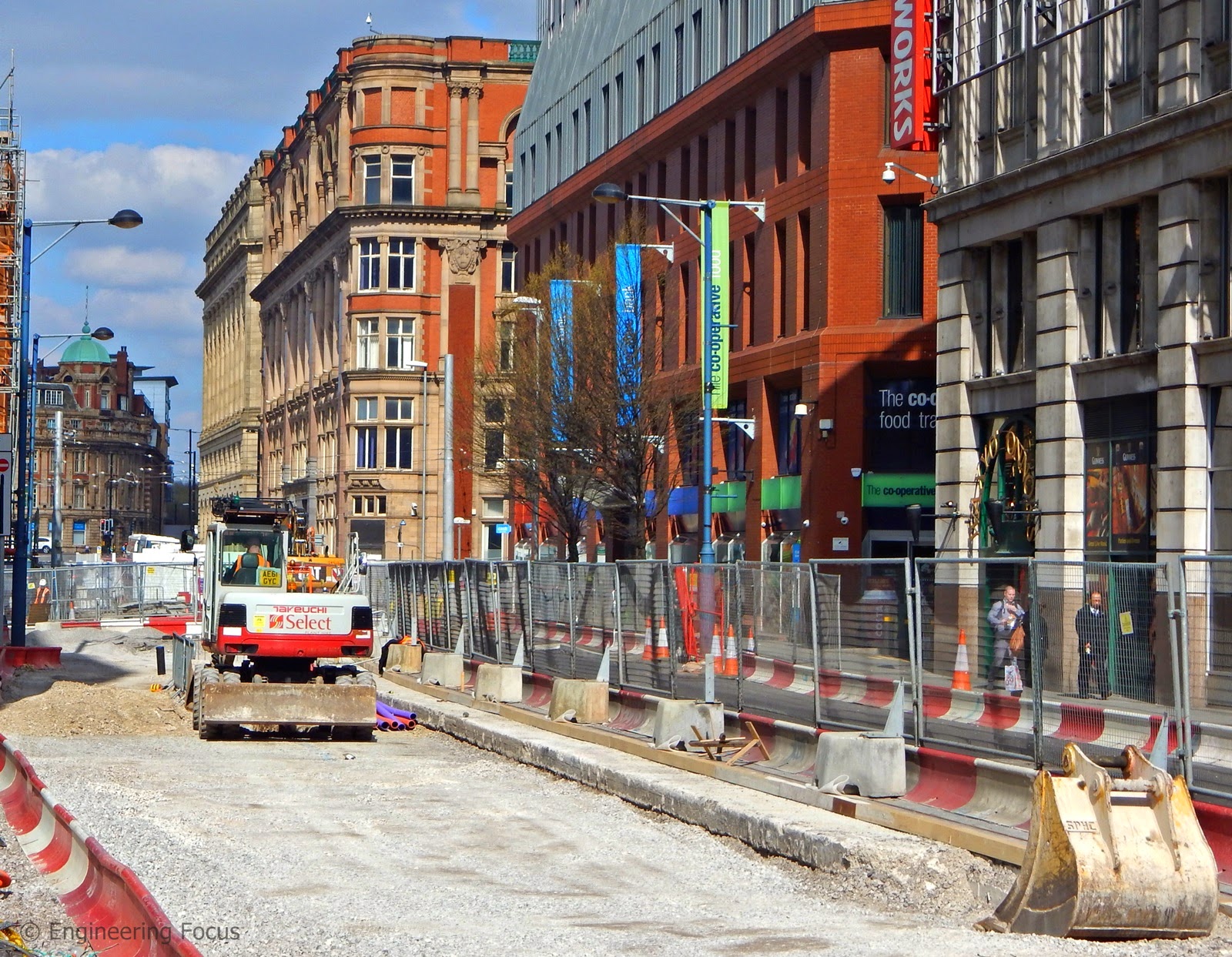The link is required in order to increase transmission capacity between Scotland, England and Wales. The link will transmit power from renewable sources in Scotland to Deeside in North Wales, from where it can be distributed via high voltage overhead wires.
This £1bn project involves laying a 385km long High Voltage Direct Current cable under the sea between Scotland and the Wirral in the North West of England. Construction of the Western Link is being carried out by a consortium of Siemens and Prysmian
In Scotland the subsea cable will be connected to a converter station under construction at Hunterston on the Western coast. This is where alternating current will be converted to direct current for transmission along the subsea cable.
From Ardneil Bay in Ayrshire the cable will continue 385km by sea to the Wirral.
The cable will make landfall at Leasowe on the Northern tip of the Wirral peninsular, from there 2 33km long underground cables will transmit current the rest of the way to a converter station under construction in Deeside (North Wales).
The second converter station will convert the direct current back to alternating current. From there the electricity will be transmitted via underground AC cables from the converter station under the River Dee to connect to Deeside substation, from there the power will be distributed across England and Wales via overhead power lines.
Update 2015
Until now construction work on the Wirral has focused on building a 33km long construction corridor (or haul road) and crossing points where the cables must be laid under public roads and footpaths. Building the corridor has been a challenge in itself, requiring the construction of a 20m wide work site fenced on both sides stretching for 33km.
Although the corridor runs primarily though agricultural land, it does intersect with many public roads, some of which are important main roads and many public footpaths. The cable must also cross the main railway line to Wrexham 3 times on it's journey across the Wirral.
Update 2015
Until now construction work on the Wirral has focused on building a 33km long construction corridor (or haul road) and crossing points where the cables must be laid under public roads and footpaths. Building the corridor has been a challenge in itself, requiring the construction of a 20m wide work site fenced on both sides stretching for 33km.
Although the corridor runs primarily though agricultural land, it does intersect with many public roads, some of which are important main roads and many public footpaths. The cable must also cross the main railway line to Wrexham 3 times on it's journey across the Wirral.
Where the cable has to cross any roads, plastic ducting has been placed through which the cable will be pulled underneath the road. In many cases this was done under traffic light control simply by digging half of the trench at a time, in some cases road closures were required. In each case the process was the same. a trench was dug, ducting was placed, concrete poured over the top and then the road surface reinstated.
After a break over the winter period (2014/15) work has recommenced once again. There are still some sections of the corridor yet to be completed, with work continuing on the section from Mid Wirral to Deeside. The first visible sign of cable laying is currently at a main compound site at Arrowe Park. There it has been possible to see sections of cable being unspooled from large drums.
The underground cable itself will be made up of sections roughly 1km joined together. Each 1km section is transported on it's own drum which due it's weight and size is transported on a specialised low loader.
Cable laying will commence throughout 2015 and is hoped to be completed by mid 2016. Once cable laying has finished the temporary fences will be taken down, land returned to a previous state and any hedges that were removed will be replaced with appropriate species.
For more information visit the Western Link HVDC website
Work continues on the haul road between the Wirral Way and Mill Lane Ness.
A section of the road between the Wirral Way and A540 Chester High Rd.
Here workmen supervise cable pulling as the cable is unspooled from it's drum seen below.































